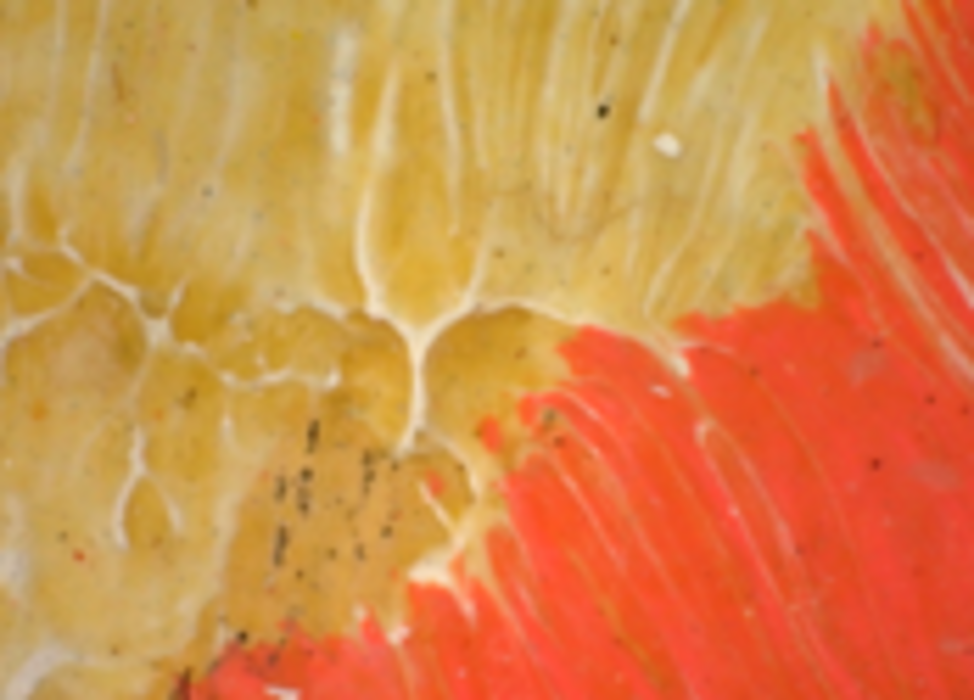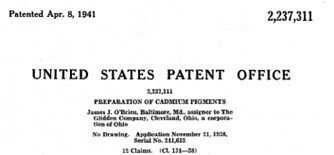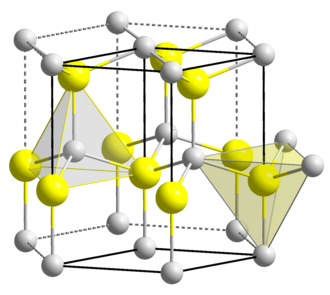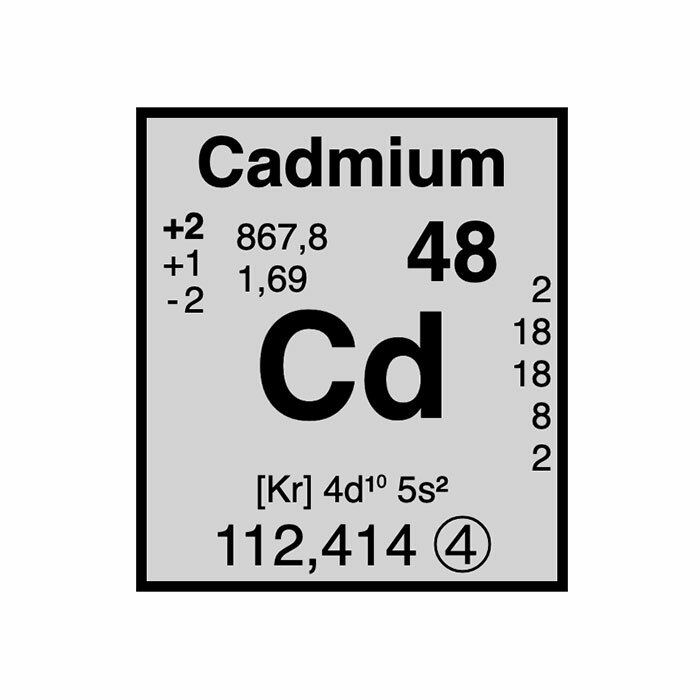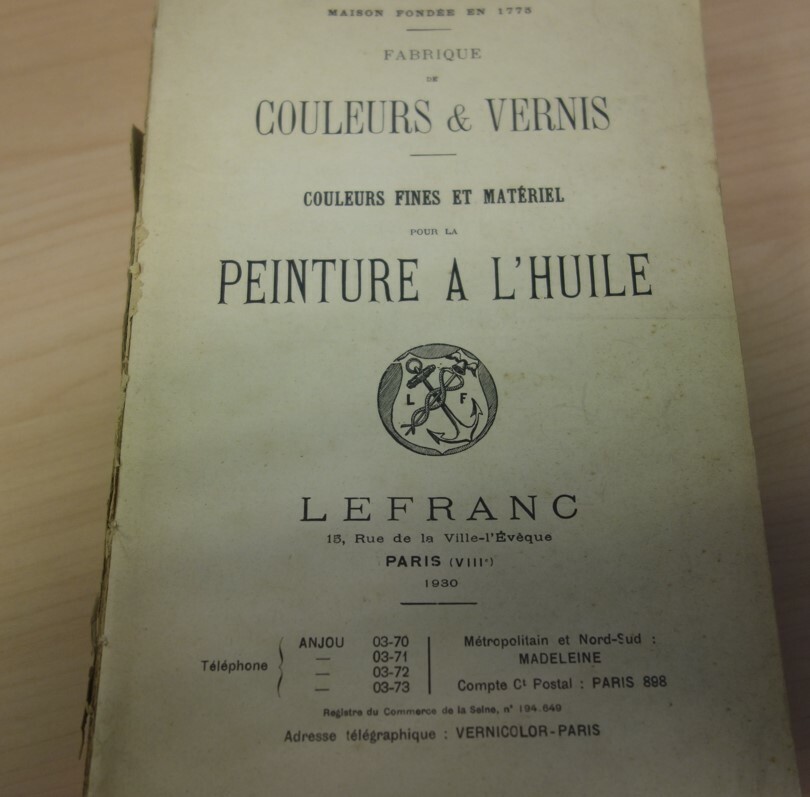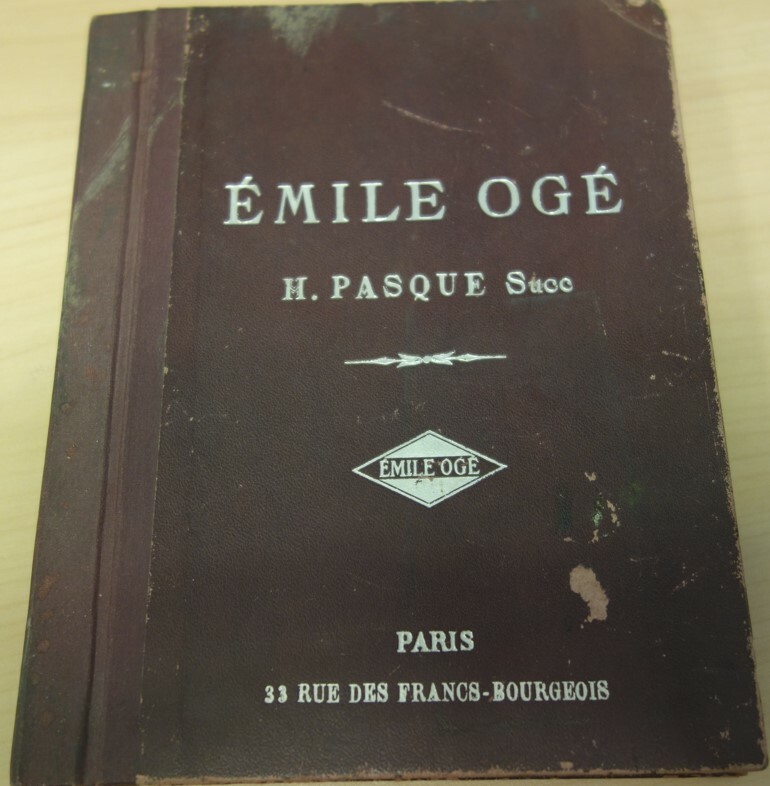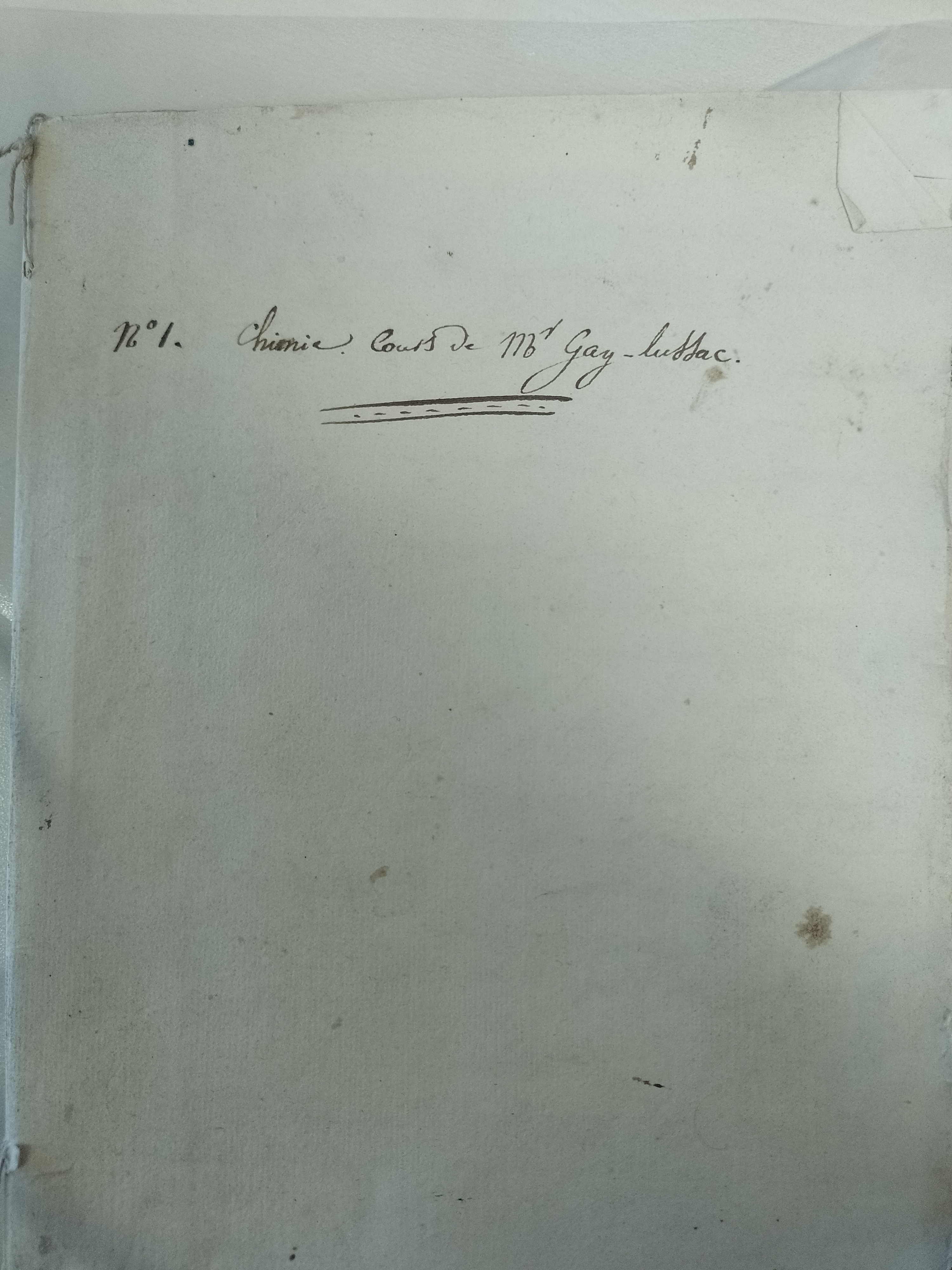Our studies on the verification of artwork authenticity from the early 20th century always lead us to rediscover innovations in the field of chemistry.
These innovations make it possible to trace the use of pigments and thus to evaluate the authenticity of a work through these chronological markers.
Research in scientific patent databases and scientific studies of works from the early 20th century helps to expand our knowledge of the use of these precursor pigments.
The history of cadmium red begins with the discovery of cadmium in 1817 by German chemists Friedrich Stromeyer and Karl Samuel Leberecht Hermann. Cadmium, a rare and relatively scarce metal, is primarily extracted from zinc ores, as it is often present as an impurity in them.
The physicist and chemist Gay Lussac studied it starting in 1818; in his lectures at the École Polytechnique in 1820, he stated: “For the past three years, a metal has been discovered which has received the name cadmium. It is fusible like tin. It dissolves very well in a glass disc combined with oxygen; it then forms a yellow body.”
We reviewed the earliest patents in order to search for those mentioning cadmium red [1]:
- Cadmium red is a pigment patented from the 1920s onwards, notably for use as a ceramic pigment. During this period, cadmium selenide (CdSe) was generally produced as a co-precipitate with metal sulfates, such as barium sulfate (BaSO₄), by mixing solutions of barium sulfoselenide and cadmium sulfate. However, this type of process presented many practical difficulties.
- The earliest American and European patents are dedicated to orange-reds which are essentially cadmium reds based on cadmium sulfide to which a limited amount of cadmium selenite is added.
- The sulfoselenide-type reds and oranges are a second series of pigments based on cadmium sulfite. These are essentially calcium sulfites in solid solution within a hexagonal matrix. By increasing the proportion of cadmium selenite, the red hue becomes deeper. These syntheses have been known since the 1920s.
Given its strategic importance for electronics manufacturing, the availability and cost of selenium became more accessible starting from the 1940s–1950s. A series of improvements in synthesis methods, filed in various patents over the years, led to more accessible production of purer, brighter, and less orange cadmium red pigments.
A second approach to evaluate the emergence date of cadmium red according to its synthesis method is the comparative study of reference red pigments and artworks from the early and mid-20th century.
We conducted a study based on research:
- From hundreds of references of red pigments from the 1910s to 1950s, sourced from painters' palettes, period color charts, as well as printed and reference pigments from Europe and the United States. In total, over 200 references were analyzed. We found no evidence of cadmium red before the 1930s, and no bright red pigment was based on cadmium red.
- Targeted research on data from studies of artworks dated between 1900 and 1990 shows that cadmium red pigment was mainly applied to restoration areas. Two works contained cadmium red (bright red) of the sulfoselenide type within the paint material: they were dated 1955 and 1973.
We also conducted research on artworks by artists Pablo Picasso (1881–1973) and Henri Matisse (1869–1954), whose production spans a European/French geographic and temporal period (research was done using digitized reports without keyword search functionality). The data collected on the use of cadmium pigments by these artists, on works studied and analyzed at the C2RMF via X-ray fluorescence spectrometry, is as follows:
- Henri Matisse’s works from the 1910s–1920s do not contain cadmium red but do contain cadmium yellow;
- Pablo Picasso’s works from the 1910s–1930s may contain cadmium red of an orange hue (starting from 1931);
In sum, the commercialization of cadmium red in the 1910s–1920s and its adoption by artists of the time are well documented, both in industrial archives and in scientific analyses of artworks.
Case Study:
We address here the case of cadmium red, which we identified in a work dated 1913 according to the provenance documents associated with the artwork.
The artwork was examined under various lighting conditions, imaging, and under opto-digital macro/microscopic observation. The paint material was then analyzed by Fourier Transform Infrared Spectroscopy and by X-ray fluorescence spectrometry. These methods make it possible to identify the nature of organic and inorganic pigments, varnish, and binders.
- Chemical analyses revealed the presence of sulfur, cadmium, and selenium with an absence of barium in a zone of the paint layer with an intense red hue and high saturation.
- A sample was taken to identify the nature of the pigment grains in the laboratory using SEM-EDX and X-ray diffraction.
The prior bibliographic studies are compared with these findings, which are not consistent with each other:
- No historical record of cadmium red pigment use in the 1910s;
- Pigment hue (bright red, not orange) suggesting a synthesis method from a later period than the earliest cadmium red productions;
- Significant presence of selenium, absence of barium… confirms the hypothesis of a synthesis method post-1920s.
To learn more:
- These conclusions are one link in the overall conclusion, which takes into account multiple elements as mentioned in the article published in La Jaune et la Rouge: Le faux artistique en sciences criminalistiques – La Jaune et la Rouge (Anna Tummers, Violaine de Villemereuil).
- Cadmium red is not the only synthetic pigment from the 1920s used as a marker for dating artworks: the famous titanium white is also among them: Le blanc de titane et l'examen d'authentification – OSE SERVICES (ose-services.com)
[1] Source: US2248408A - Method of making cadmium red pigments - Google Patents; 1498393753086052192-02115739 (storage.googleapis.com); PL7450B1 - A method of producing dyes from the range of anthanthrone - Google Patents
(PDF) Research and Development of Cadmium Sulphoselenide Red Pigment (researchgate.net);
Huckle WG, Swigert GF, Wilerley SE. Cadmium Pigments. Structure and Composition, Industrial & Engineering Chemistry Product Research and Development, 1966, 5(4): 362–366
(PDF) Research and Development of Cadmium Sulphoselenide Red Pigment. Available from: https://www.researchgate.net/publication/287432522_Research_and_Development_of_Cadmium_Sulphoselenide_Red_Pigment [accessed Aug 25 2024].
